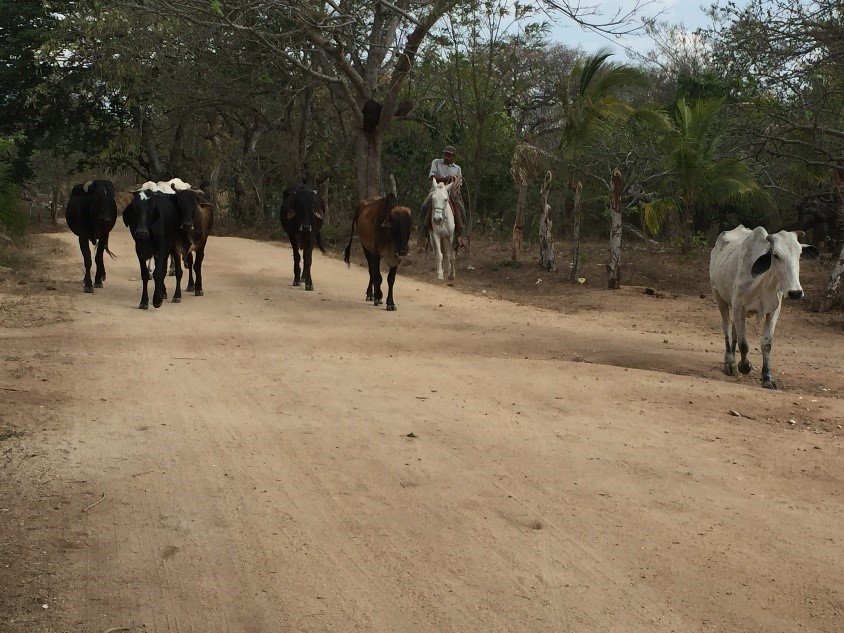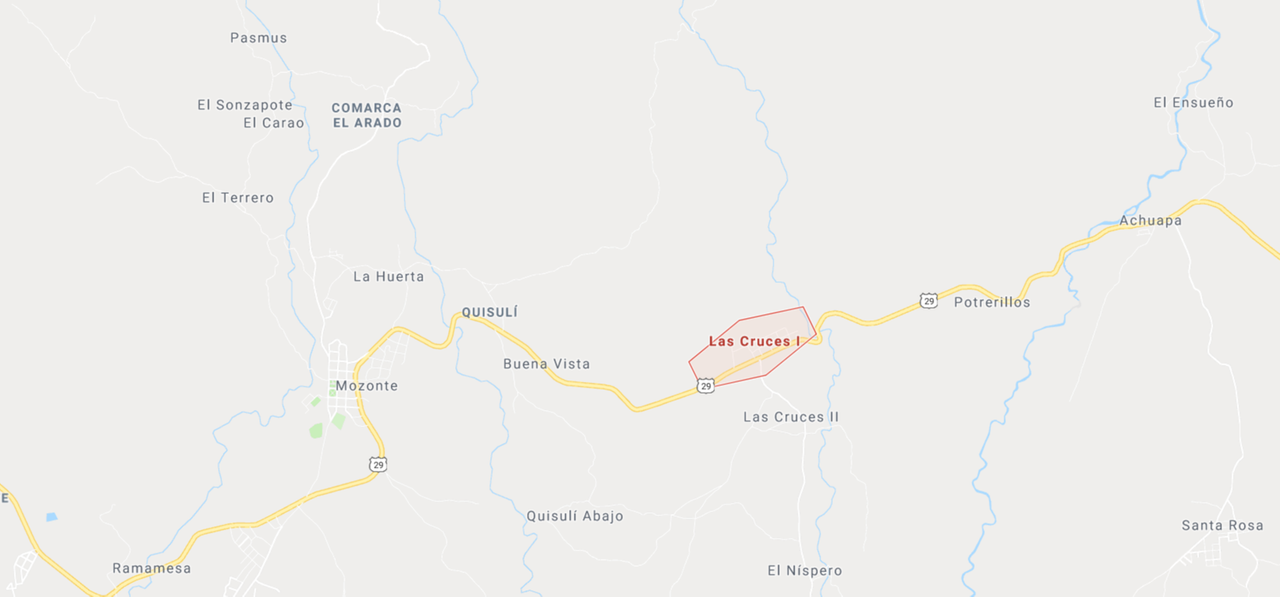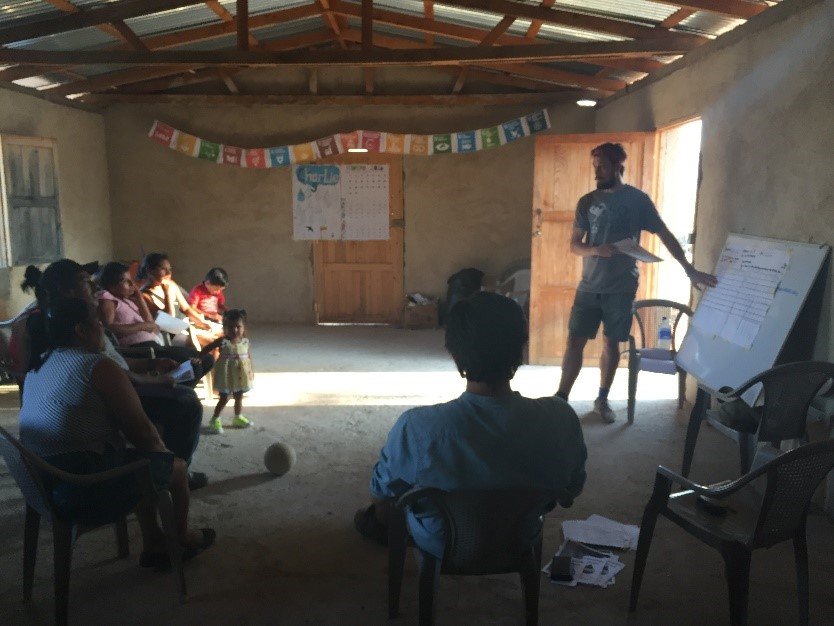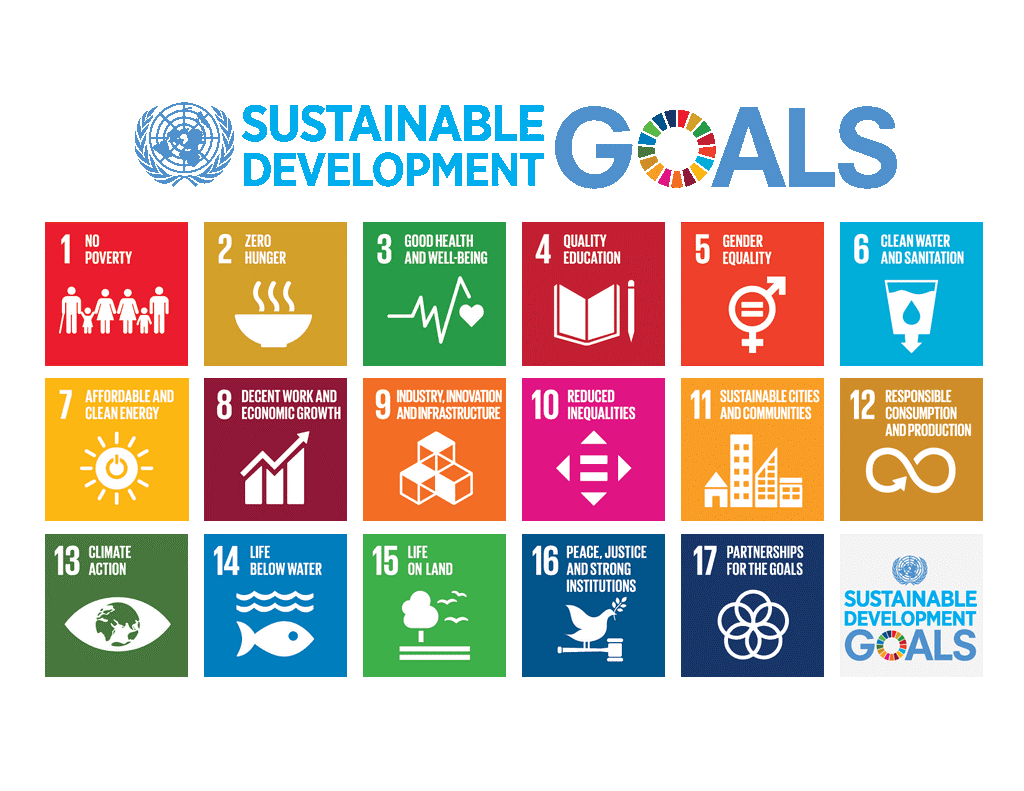
Salamanca, Nicaragua
Raleigh International
In February of 2016, at 19 years old, I embarked on a volunteering trip in Nicaragua with the International Citizen Service (ICS). It was the first time I had ever gone abroad by myself but I was so excited, fear of the unknown was replaced by curiosity and a fervent fever for the start date.
“ICS is led by VSO and funded by the UK Government’s Department for International Development” (Source 2).
I had chosen Raleigh International as the charity I would go with, as their core values were in line with mine.
“[ICS and] Raleigh… work in partnership with communities, non-governmental organisations (NGOs) and governments in [each of the 3 countries they work in with ICS (Nicaragua, Nepal and Tanzania)]. Since [their] foundation in 1984, Raleigh volunteers have become a global community of more than 42,000 people committed to… a sustainable future” (Source 1).
I then had to choose which country I wanted to go to, I could choose between Tanzania, Nicaragua and Nepal (where they had just begun working with Raleigh International). I went for Nicaragua, because I felt that I wanted to begin my global development journey in Central America and the Spanish language had struck something in my heart for as long as I could remember. I had learnt about the various issues in regards to colonialism, poverty and lack of education so I wanted to make my mark here first. I wanted to take the Sustainable Development Goals that had been set by the United Nations in 2015, one of which is ‘clean water and sanitation’ and contribute in some way to their fruition.
 |
|---|
| Figure 1 - Cows in the streets of Salamanca, Nicaragua |
In order to be chosen I had to complete an application and attend a selection day for them to see if I was suitable for a volunteer role. Important characteristics of a volunteer included cultural sensitivity, open-mindedness, understanding, empathy, being okay with not having all of our western comforts and a preference of knowing Spanish. However, with my eagerness, I showcased that I’d be willing to learn Spanish and confront any challenges that were presented to me.
After having to fundraise £800 for our portion in the government initiative, we were flown out to Nicaragua and separated into 12 groups of 12. Half of the volunteers in the groups were from Central America (El Salvador, Costa Rica, Nicaragua etc.) and the other half were British citizens. Then, we were separated according to which programme we had applied for – WASH (Water, Sanitation and Hygiene) or Entrepreneurship. I had chosen WASH. From our volunteer base we had travelled to from the airport we were sent to 12 different communities. I was in the communities of Las Cruces and Salamanca, 2 communities of roughly 300 residents, shown in Figure 2 below.
 |
|---|
| Figure 2 - Location of Las Cruces and Salamanca |
Nicaragua
Nicaragua is the poorest country in Central America, according to the CIA World Factbook (Source 5). Classed as a developing country, it still struggles to provide water, sanitation, decent work and education (literacy is at 82.8% as of 2018) to its 6 million citizens. With widespread unemployment and poverty, the country is struggling to get back up onto its feet. It’s GDP is 13.73 billion dollars. Textiles and agriculture account for 50% of their exports (beef, coffee, gold and textiles). Furthermore, Nicaragua's infrastructure and economy, which was deeply affected by the Sandinista civil war led by Daniel Ortega and Hurricane Mitch in 1998 are being rebuilt, democracy has weakened under the Ortega administration. He recently came back into power in 2016 and has taken over full control of the government.
As recently as 2018, there have been protests inside the country to take Ortega out of power as citizens are not happy with their situation and they no longer have the rights that they used to. However, since 2008, unemployment has decreased from 46.5% to 6.5%. This could suggest that the country’s health is looking up.
WASH – Project Management
 |
|---|
| Figure 4 - in the classroom |
Within our WASH project in our communities, we split into 3 different groups – FESCA, CAPS and Livelihoods (entrepreneurial). We talk on various roles and implemented our action plans weekly. We had to build a project calendar detailing what we were going to do in the community. We rose with the sunrise and finished at sunset – a full working day. We had a lot to do in the 3 months of being there. In the groups, our responsibilities ranged from research into current hygiene practices, awareness-raising sessions (action days), protecting the environment through natural resource management, the construction of handwashing stations and toilets and supporting the launch of local businesses. Other responsibilities involved digging trenches, taking care of a tree nursery, building eco-latrines and transporting the material so that each family could build their own toilet.
Healthy Families, Schools and Communities (FECSA) is a government initiative which delivers training on health and sanitation. The people assigned to this team were responsible for turning local members into promoters who could then deliver this information to the community. We had to check up on them and make sure that they completed what was necessary. This involved our FESCA team going to local people houses and talking to them.
With the Water Committee (CAPS), this is the team that I was in. We were given the task of training the local committee – with how to interact with the local government, how to build water filters, organise the committee and water sustainably and carry on the training in future. Actions involved designing and printing leaflets to raise awareness about elections and travelling to their water source to fix it. This particular had issues with water as not everyone received it into their households. This sometimes created friction as water had to be shared between the houses when there might not have been enough.
On a livelihoods placement you could run workshops on skills that are useful for a business, such as leadership, basic finance, or marketing. Or work with an entrepreneur one-to-one to help them develop a business plan.
Life in the Communities
Within the community we were split into groups of 2 and then put into a hosts home. If we were lucky, one of the volunteers in each group could speak English and Spanish, this made communication within the homes easier and more comfortable.
The homes didn’t have any of the amenities we were used to, usually with a long-drop toilet, no electricity and basic meals of rice and beans. This gave plenty of time for self-reflection and exploring the community. Sometimes we would be able to eat meat and cheese but it wasn’t often as these foods were viewed as a luxury. Within the homes and on their land there were usually animals such as hens, for eggs, cats and cows as well as fruits such as papaya and oranges. A truly humbling experience. Yet it was as if, somewhere deeply inside me that I knew I had found the right place to go to in order to reflect and step outside of the identity I was born into in the UK. Everything was different finally. I could for the first time, properly see outside of myself and the state of the world.
It wasn’t long before we all became close friends and even family with the community members. They viewed us as if we were their daughters and sons. Something that made it very hard for us to leave. It was common for word to spread quickly, so if something happened everyone would know in a matter of hours, creating a funny atmosphere sometimes. We would also go on hikes to the mountains with the locals at times, great bonding experiences.
Personal development was also important for our team, we had to keep morale up and stick together otherwise it wouldn’t have worked. So we made sure to prioritise some team building and delve into stereotypes and why people think the way that they do in different cultures. This opened our eyes up as we began to truly understand how perspectives can differ greatly.
Achievements After the Project
 |
|---|
| Figure 3 - The Sustainable Development Goals |
Towards the end of the project we had successfully built eco-latrines for most of the community, built water filters in 4 different houses, re-organised and re-elected CAPS members, distributed a weekly leaflet with news for 3 months, had 2 great action days about litter and tree planting, re-built the tree nursery then handed them out to local members, successfully trained FESCA promoters and created one entrepreneurial business of selling eco-latrines.
As a team, our confidence, communication skills, initiative and perseverance improved dramatically.
It was a project worth doing and one I will remember for a lifetime. I hope to visit them again some day. I hope to help on my own terms.
Sources:
- https://www.volunteerics.org/raleigh-international-ics
- https://raleighinternational.org/volunteer/ways-to-volunteer/raleigh-ics/
- https://www.iwgia.org/en/nicaragua
- https://sustainabledevelopment.un.org/?menu=1300
- https://www.cia.gov/library/publications/the-world-factbook/geos/nu.html
- https://opportunity.org/what-we-do/where-we-work/nicaragua-facts-about-poverty
View this post on TravelFeed for the best experience.
